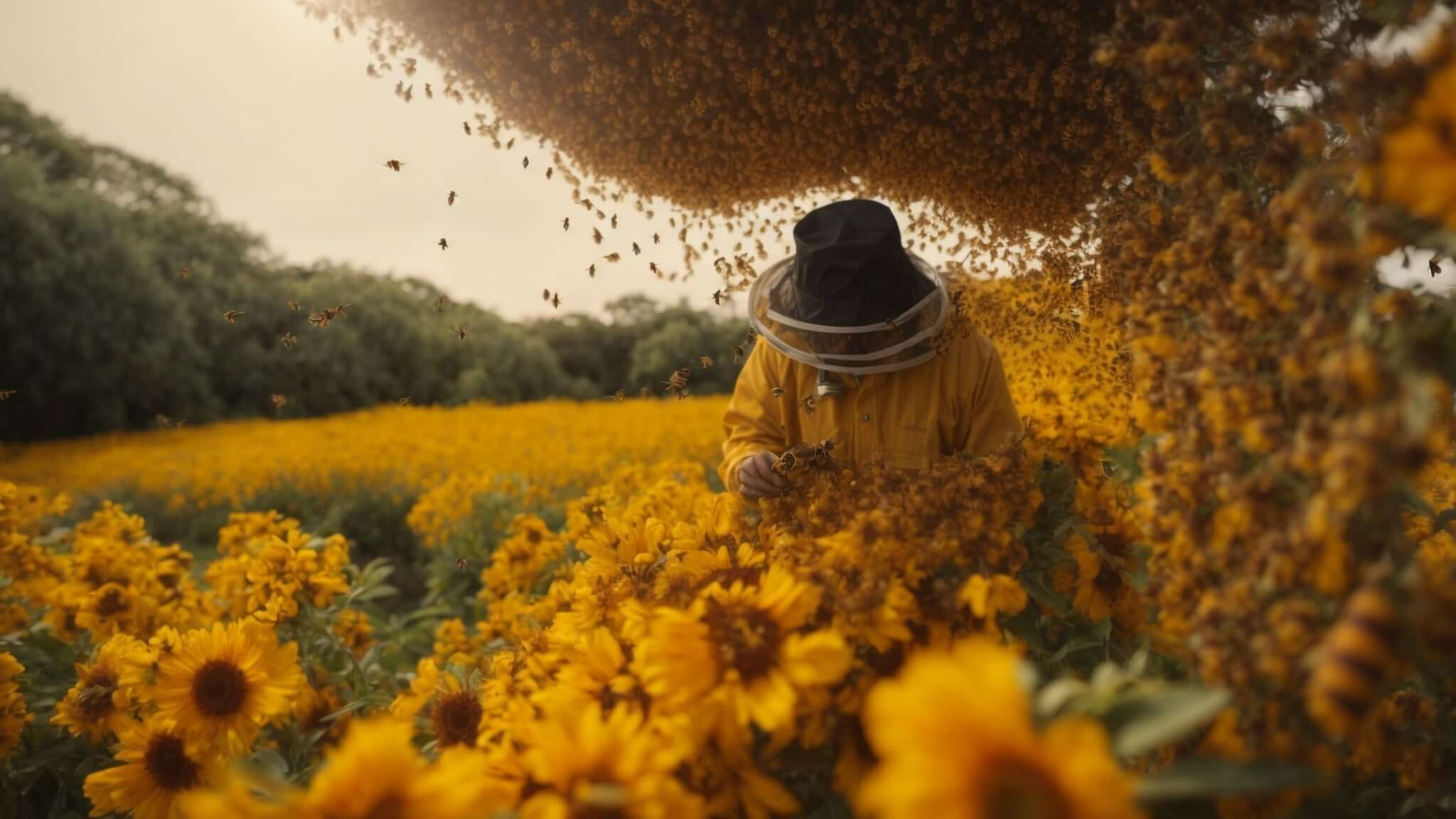
The Impact of Climate Change on Bee Populations and Honey Production
Climate change is having a profound effect on many aspects of our environment, and bees are no exception. Understanding the impact of climate change on bee populations and honey production can help us take meaningful action to support these vital pollinators.
How Climate Change Affects Bees
- Temperature Fluctuations: Rising temperatures can disrupt the natural patterns of nectar production in flowers, affecting bees’ food sources. Extreme weather events also impact bee health and behavior.
- Habitat Loss: Climate change contributes to habitat loss as plants and flowers shift their ranges or decline in abundance. Bees depend on diverse habitats for foraging and nesting.
- Pest and Disease Proliferation: Warmer temperatures can increase the prevalence of pests and diseases that affect bee colonies. This includes parasites like the Varroa mite, which poses a significant threat to bee health.
Effects on Honey Production
- Nectar Availability: Changes in flowering patterns due to climate change can lead to inconsistent nectar availability, impacting honey production and quality.
- Bee Behavior: Shifts in bee behavior, such as changes in foraging patterns or hive management, can affect honey yields. Bees may also face challenges in maintaining hive temperature and health.
What Can Be Done to Help
- Support Sustainable Practices: Choose honey from producers who use sustainable and environmentally friendly practices. This supports beekeepers who are working to mitigate the effects of climate change.
- Plant Bee-Friendly Gardens: Grow a variety of plants that provide nectar and pollen throughout the growing season. This helps create a stable food supply for bees.
- Advocate for Climate Action: Support policies and initiatives aimed at reducing greenhouse gas emissions and addressing climate change. Protecting our environment benefits bees and other pollinators.
How You Can Make a Difference
- Buy Local Honey: Purchasing honey from local beekeepers helps support those who are actively working to protect bee populations.
- Educate Others: Share information about the impact of climate change on bees and encourage others to take action.
- Participate in Conservation Efforts: Get involved in local conservation projects or initiatives focused on bee health and habitat preservation.
Conclusion:
The effects of climate change on bee populations and honey production are significant and far-reaching. By understanding these challenges and taking steps to support bees, we can help ensure a future where honey remains a sweet part of our lives.
